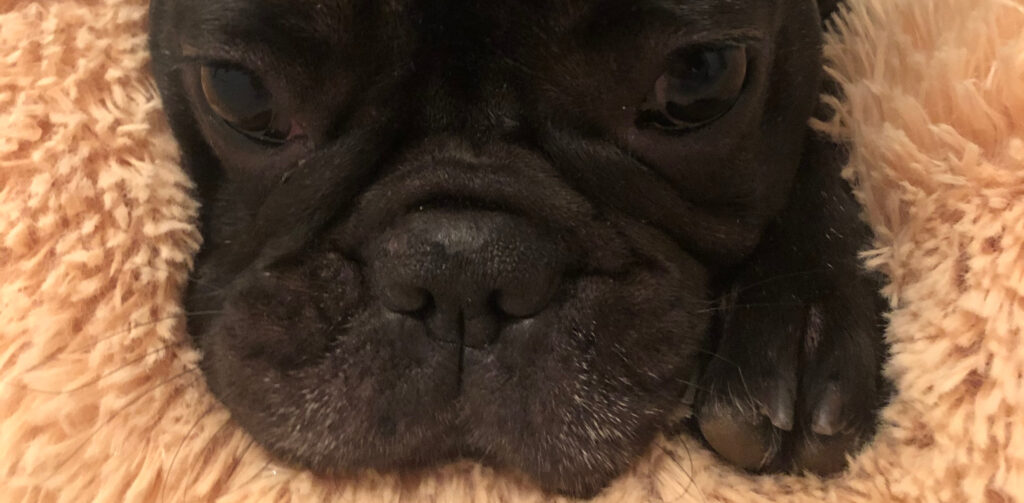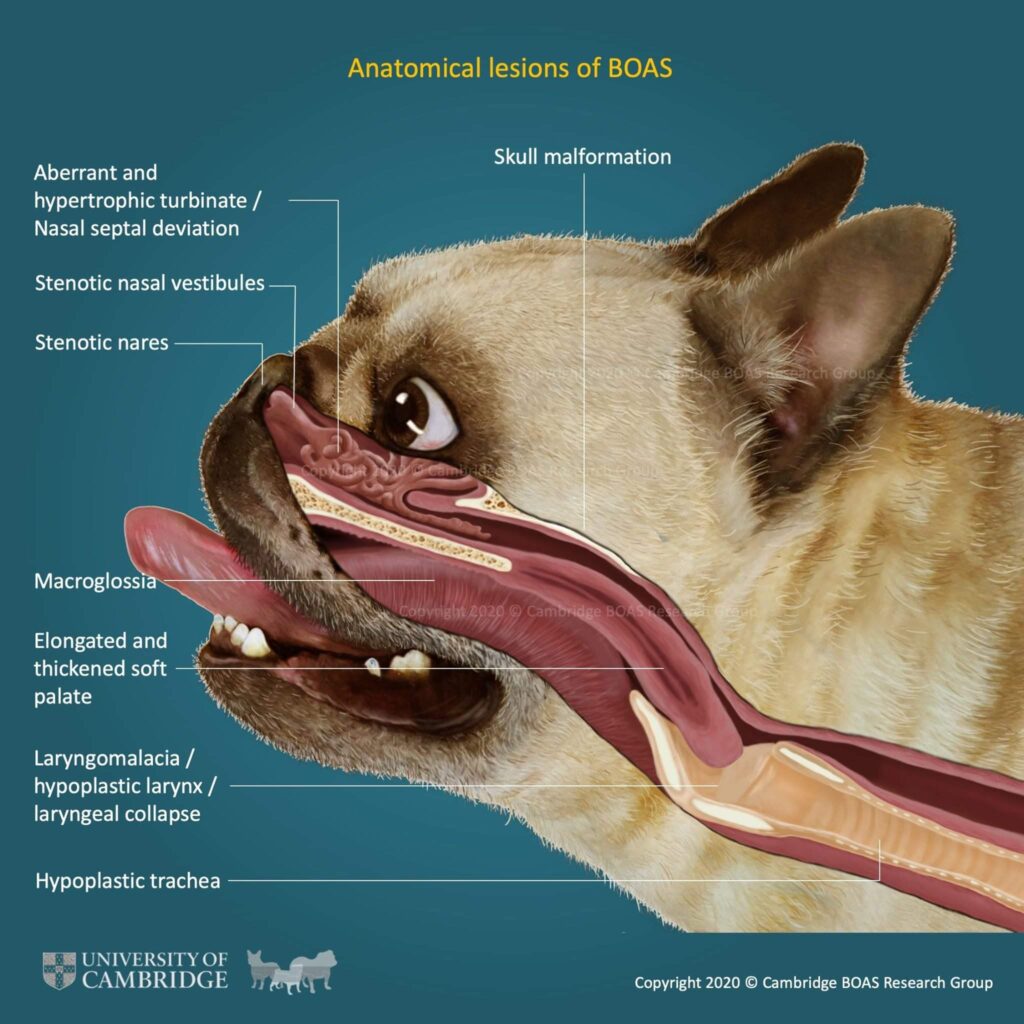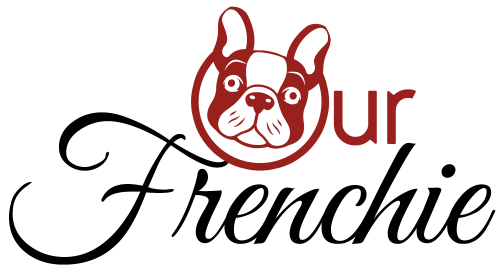Facts & Fun
All About Brachycephalic Dog Breeds
Page Contents
If you’re a keen lover of dogs and have pretty much good knowledge about these four-legged friends, you probably know what type of breed Brachycephalic dogs are. Don’t worry even if you’re not, because, in this article, we will learn all about Brachycephalic Dog Breeds.
How Brachycephalic Dog Look Like?
A brachycephalic dog is a type of breed that you can quickly identify through its short nose and flat face. And because they have a shorter or narrow nose, they tend to have smaller airways. Breeds like Pugs, Chow-Chows, Bulldogs, Boxers, Terriers, Shih Tzus, and Bull Mastiffs all fall under Brachycephalic dogs. More breeds fall under Brachycephalic dogs, which we will discuss more in the article.

The short nose and flat face don’t stop these dogs from being lovable, adorable and playful! However, if you’re planning to bring one kind to your home, there are specific health considerations you need to take into account. This type of breed is susceptible and fragile when it comes to breathing; therefore, one must take good note of what to do and what not to.
What is Brachycephalic Syndrome?
Brachycephalic Syndrome is a pathological condition that affects the respiratory system of a dog. Because these types of dogs have a short nose and a relatively flat face, this results in the complete change of their anatomy, leaving them unable to breathe freely or face difficulty breathing.
The type of abnormality that occurs in Brachycephalic Syndrome includes:
Stenotic Nares
If you just look at an average dog with typical facial features, you will see them not having any sort of discomfort in their breathing. However, with Brachycephalic dogs, you will find that they have Stenotic Nares, which gives them many difficulties in breathing.
Stenotic Nares simply means narrow nose. And so, when a dog breathes in through a narrow nose, it is unable to breathe in air properly.
Elongated Soft Palate
You know that a dog has an elongated soft palate if its soft palate is longer than the average length, which eventually blocks the air passage into the lungs.
Everted Laryngeal Saccules
Laryngeal Saccules are soft tissues near the dog’s vocal folds. When this tissue gets everted, airflow gets obstructed, leading to the dog’s respiratory distress.
Nasopharyngeal Turbinates
If your dog is experiencing Nasopharyngeal Turbinates, then it’s a clear sign your dog has Brachycephalic syndrome and is facing obstruction in its upper airway.
Laryngeal Collapse
This occurs when the cartilages covering the larynx become fragile and weak. Dogs that already have other respiratory obstructions may develop this condition earlier.
Hypoplastic Trachea
This condition occurs when your dog’s trachea has thinner rings of cartilage than average.
How To Treat Brachycephalic Syndrome?
If your dog falls under the Brachycephalic dog breed, then your dog must probably be going through some respiratory distress. But don’t worry much, because nowadays, there are various treatments for Brachycephalic Syndrome. Not only treatments, but there are various ways in which you can help improve your pet’s breathing difficulty.
Brachycephalic Syndrome Treatment:
- Many people opt for surgery when it comes to abnormalities in their pet’s respiratory system. For example, if a dog has an elongated soft palate, it will surgically remove the excess length. Likewise, with Stenotic Nares, a small patch of tissue is surgically removed in order to improve the airflow.
- Laser treatment or surgery is also widely done to remove obstructions in the nasal cavity. Did you know Laser treatment is proven to be one of the safest procedures! However, there is no guarantee that your dog will be treated entirely and healed after the surgery. A dog with Brachycephalic syndrome requires a lot more than surgery.
- Make sure your dog doesn’t get exposed to the sun for a long time, as the heat and humidity will simply make his/her breathing more difficult.
- Remember to maintain a healthy diet for your dog. Obesity should be the enemy, as it will do no good but worsen your dog’s Brachycephalic airway syndrome.
- Make sure there is no pressure on your dog’s neck. Use a harness instead of a neck collar to avoid pressure on the neck.
- Try NOT to tire your dog by making him/her run. Remember, much excitement can make his/her respiratory condition worse.
Brachycephalic Dogs List
It’s very easy to recognize Brachycephalic dog breeds from their flat noses and flat faces. There is a list of Brachycephalic dog breeds of different types. Let’s get right into it. Here are full list of Brachycephalic dog breeds:
| Nr. | Breed | Info |
|---|---|---|
| 1. | Shih Tzu | Known for their short snout and adorable face, Shih Tzu is an Asian toy dog breed originating from Tibet. They are fluffy, furry and make great family pets. |
| 2. | Pug | They are popularly known for their short nose and wrinkled face. Pug is a dog breed originally from China. They are brilliant and adorable and best kept as apartment pets. |
| 3. | Pekingese | Pekingese is also another toy dog originating in China. They are small in size, royalty looking and are good companion dogs. |
| 4. | Lhasa Apso | Originating from Tibet, Lhasa Apso is a fine dog breed with long fur. They can be friendly to a reasonable extent and are good family companions. |
| 5. | French Bulldog | As the name says itself, this toy dog is a French Breed. Very much sociable and alert, French Bulldogs prove to be excellent companions as well as a family dog. |
| 6. | English Toy Spaniel | English Toy Spaniels are beautiful-looking gun dogs breed. They are also very lovable and can be great family dogs. |
| 7. | Chow-Chow | Originating from Northern China, Chow-Chows are extremely furry and fluffy. Their double coat make their broad skull look bulbous. |
| 8. | Cane Corso | Type of mastiff, but of Italian breed. They are fantastic guard dogs and also great companion dogs. |
| 9. | Boston Terrier | Originating in The United States of America, Boston Terriers are a non-sporting breed, extremely intelligent and friendly. |
| 10. | Bull Mastiff | Bull Mastiffs are muscular and have a relatively short nose. They are incredible guard dogs. |
| 11. | Bulldog | Known for their wrinkly face, the English Bulldogs are well-built dogs, loving and friendly dogs. |
| 12. | Boxer | Boxers are fantastic guard dogs developed in Germany. They are playful, intelligent and friendly dogs. |
| 13. | Affenpinscher | They are also known as the Monkey Terrier. They are small, intelligent and feisty dogs. |
| 14. | Tibetan Spaniel | Originating in Tibet, Tibetan Spaniels are extremely happy, playful and intelligent dogs. |
| 15. | Japanese Chin | They are also known as Japanese Spaniels. They are small in size, intelligent, loving and loyal companions. |
| 16. | Dogue de Bordeaux | They are a large dog breed of French Mastiff. They are muscular dogs, very intelligent and protective. |
| 17. | Cavalier King Charles Spaniel | Small in size, gentle and intelligent dogs. |
| 18. | Shar Pei | Originating from South China, Shar Pei’s are very affectionate, loving, and intelligent watchdogs. |
Brachycephalic Dogs Problems
If you have a dog that falls under any of the names mentioned above, then your dog is of the Brachycephalic breed, and your dog probably has Brachycephalic Syndrome. If your dog seems to be experiencing respiratory issues, go get it checked by a vet before it worsens and becomes life-threatening.
Common Brachycephalic dog health issues:
If your dog has any sort of breathing difficulties, be alarmed because your dog might have Brachycephalic Obstructive Airway Syndrome. Having trouble sleeping, snorting, snoring, etc. are signs that your dog is going through some respiratory abnormalities.
If there seem to be allergies on your dog’s facial folds, gum and tongue turning blue, eye problems, then you should get your dog checked by a vet as soon as possible.
Obesity is another primary reason that highly adds to the respiratory abnormality in a dog. Make sure you maintain the proper diet for your dog.
These problems or symptoms are not to be taken lightly, especially if your dog is of a Brachycephalic breed. Your four-legged friend might look happy and healthy, but make sure you closely monitor your dog. There might be another story behind which you’re still unaware.
Short-Nosed Dogs Breathing Problems
Short-nosed dogs breathing problems, or in other words, it means Brachycephalic Obstructive Airway Syndrome, and this is commonly found in the Brachycephalic dog breed. Once your dog starts developing this syndrome, you will notice changes in its behavior, diet as well as sleep.
So why do Brachycephalic dogs go through these problems? The answer is simple and straightforward. It is due to their short nose and flat face that changes their whole anatomy. There are many reasons for the abnormalities in a dog’s air passage.
- Stenotic Nares
- Elongated Soft Palate
- Everted Laryngeal Saccules
- Nasopharyngeal Turbinates
- Laryngeal Collapse
- Hypoplastic Trachea
These abnormalities block the airway, and hence, breathing becomes difficult for these poor little ones.
There are many short-nosed dog problems that you can figure out before it gets fatal.
- Your dog will start making noises while breathing.
- They will have trouble sleeping. There will be frequent snoring while sleeping and snorting during the day.
- Your dog will run out of breath quickly.
- They will no longer be as active and excited to do exercises and go for walks.
- They will show signs of breathlessness.
- You will notice their gums and tongue turning blue due to lack of oxygen.
- If your dog has BOAS, they will have problems with their gastrointestinal system leading to vomiting, poor eating habits, etc.
If you see these problems in your dog, it’s high time you take your dog to the vet.
With that much being said, do not tense much if you have a Brachycephalic dog in your house. There are so many ways where you can help and prevent the problems from getting worse.
- Maintain a healthy diet for your dog. Do not feed your dog on the path to obesity.
- Use a harness instead of a neck collar to avoid pressure on the neck area.
- Try to keep your dog as calm as possible. Do not excite them every hour.
- Get them vet checked regularly.
Can I Fly With Brachycephalic Dogs?
Due to many incidents in the past years, many airlines have banned Brachycephalic dogs from flying. However, many still allow these dogs to fly according to the climate.
No doubt, there are many risks to flying a Brachycephalic dog. And of course, there are, because the air pressure and quality change once you go to a higher altitude. And with the dogs already with respiratory obstructions, it becomes a somewhat risky flight for every BOAS dog.
Here are a few essential tips to keep in mind before you take your dog on a flight.
- It is essential to choose the right flight crate, which only means a giant flight crate. If you really value your dog’s life, and the flight is an emergency, do not risk your pet’s life for some dollars.
- If your pet already has breathing difficulties or it’s his/her first time flying, make sure you consult the vet before you book the flight. Even if it is a first-time flight or not, consulting a vet is essential to be on the safer side.
- Many dog experts recommend not to fly your dog during summer. The humidity increases during the summer seasons, putting more pressure on your dog’s health. If the flight is an emergency, make sure your dog is adequately hydrated and has enough water to drink during the flight.
Brachycephalic Dog Anatomy
To better understand the structure of brachycephalic dogs, here are picture:

Brachycephalic dogs are undoubtedly loving, active, intelligent, and everything a regular dog possesses despite their respiratory abnormalities. Yes, they do need much extra care than regular dogs. But it shouldn’t be a problem at all for honest dog lovers.
All you need to do is take a little extra care of these little ones, and they will give you more in return!

